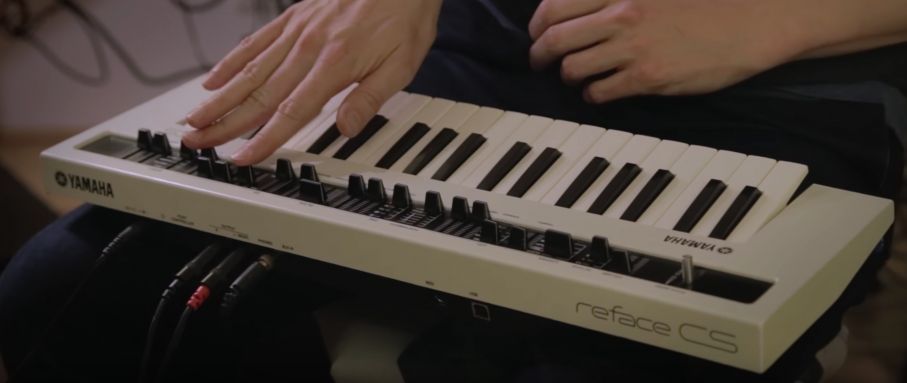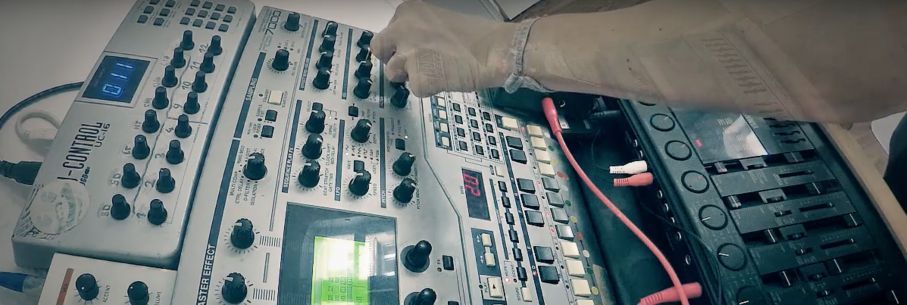Synthbits: Fooling around on the reface CS
Our friends over at matrixsynth.com posted the video below and it blew us away. Check out how deftly he uses the looper, filter, effects and EG in realtime! Well done Dorian Concept! We’ll check your YouTube channel often for more great videos:
Want to share your thoughts/comments about this video? Join the conversation on the Forum here.
And stay tuned for more tasty bits of Synth to come!

